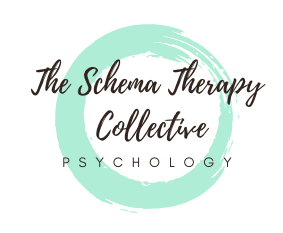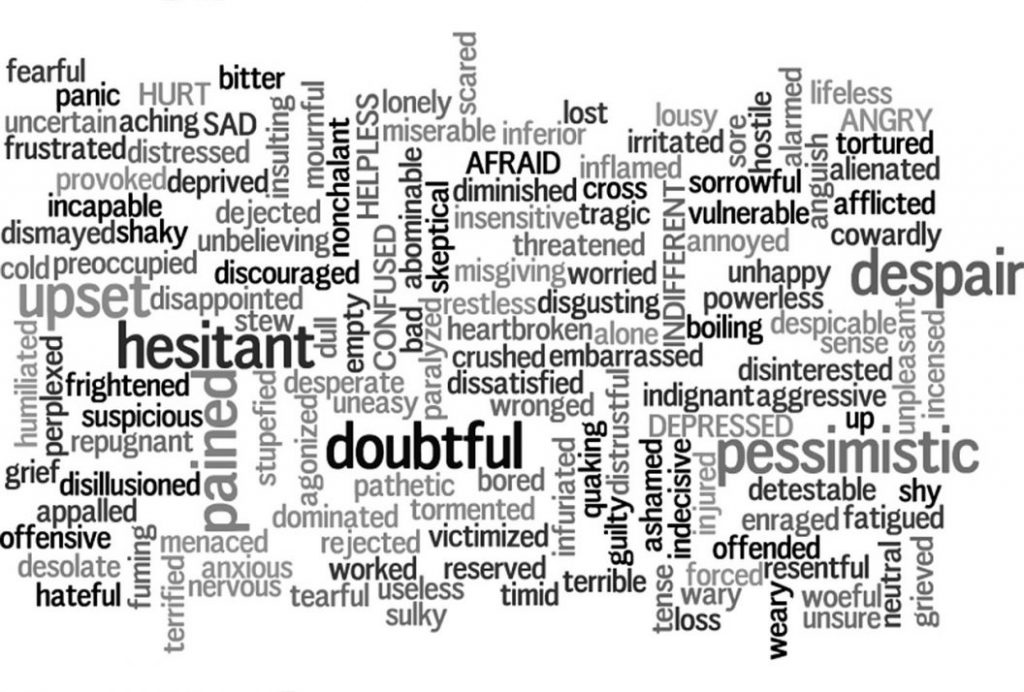Recently I watched Ted Lasso, a wonderfully funny TV series. Ted, American and the ever optimistic coach, is horrified when he comes across the saying “It’s the hope that kills” in the local British football community. The belief “It’s the hope that kills you” is a beautiful example of the type of thinking common to people with the negativity/ pessimism schema
Do people see you as cynical but you see yourself as realist?
Do you often assume the worst will happen?
Do you tend to see what could and can go wrong than be hopeful of a good outcome?
Do you believe that the wrong decisions will end up a disaster?
Do you stay vigilant at all times in case the worst happens?
When you feel happy do you see it as a sign that something bad will happen or find yourself thinking things like “I’m waiting for the other shoe to drop”.
If so you could have the negativity/pessimism schema. The negativity pessimism schema is often linked to feelings of depression and hopelessness. Below are some of the common behaviors and beliefs of people who have this schema.
This schema is born out of unmet childhood needs in the spontaneity and play domain. Perhaps you had a family who did not value fun and spontaneity or the family wasn’t safe enough to play or your parent was focused on their own issues and didn’t play with you. Maybe you had a parent who had the negativity/pessimism schema and encouraged you to be cautious rather than hopeful, to protect you from disappointment. Or perhaps something outside of your family’s control did happen, such as losing your family home due to a business failure.
While this schema may help you feel safe from disappointment and potential negative outcomes, it has a devastating impact on the ability to enjoy life. In depressed people, it makes it very difficult to hope that things can get better. It can also make interpersonal relationships difficult, as people feel drained and pulled down by constant negativity and will often give people with negativity pessimism schema a wide birth.
Schema therapy can be helpful to help heal this schema. Your therapist will help you identify why your vulnerable part developed this schema and the pros and cons of maintaining the negativity/pessimism schema. By exploring the coping modes that may be in place to help protect you from the pain of this schema and building a Healthy Adult part that helps guide you with a healthier way of identifying risks and problems and also allows for optimism, your therapist will help you identify ways to better get your needs met and be able to live a healthier life.
Reference: Reference: Young, J. E., Klosko, J. S., & Weishaar, M. E. (2003). Schema Therapy: A Practitioner’s Guide. New York: The Guilford Press.


